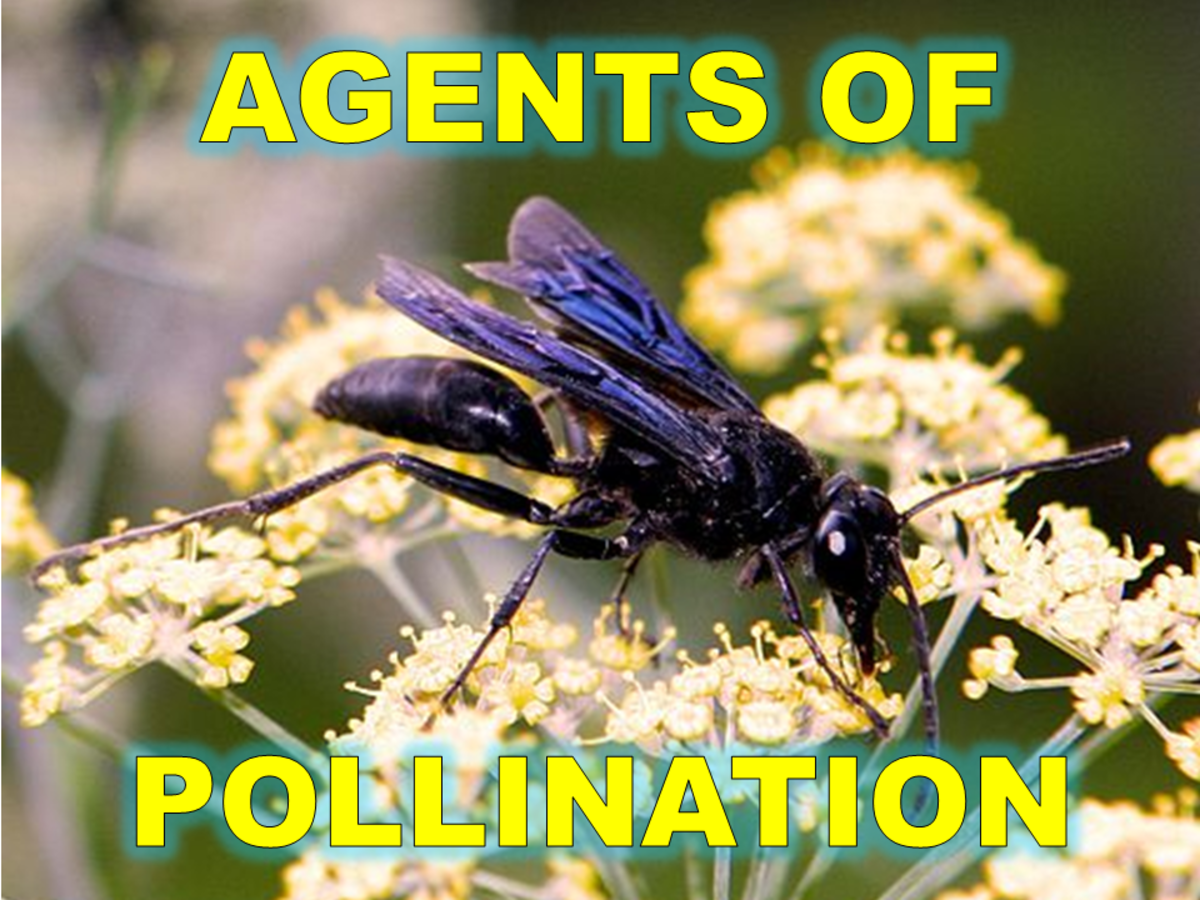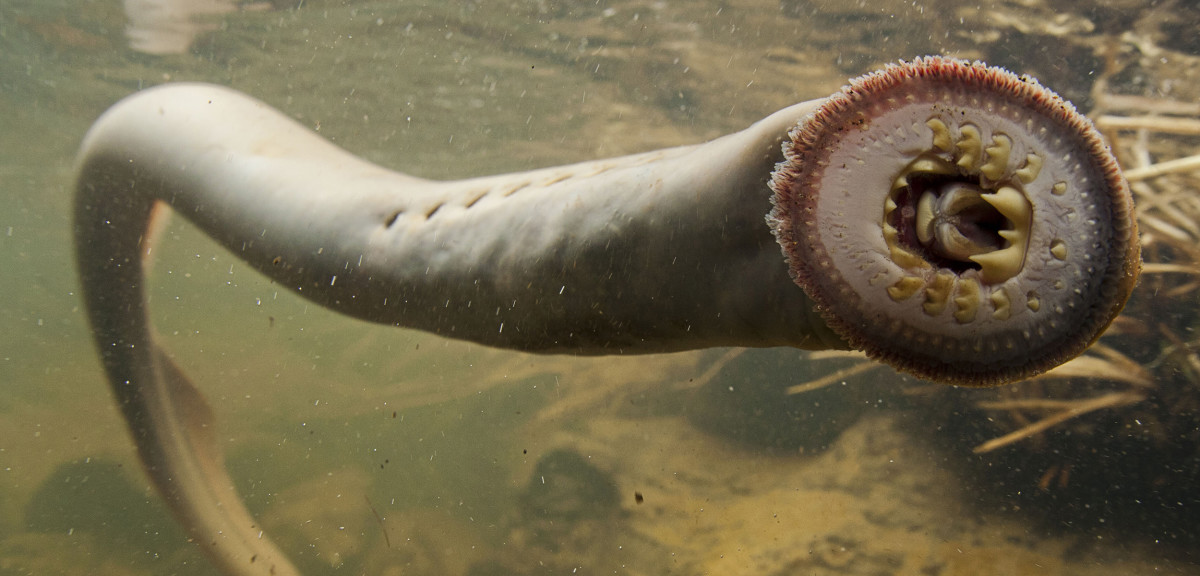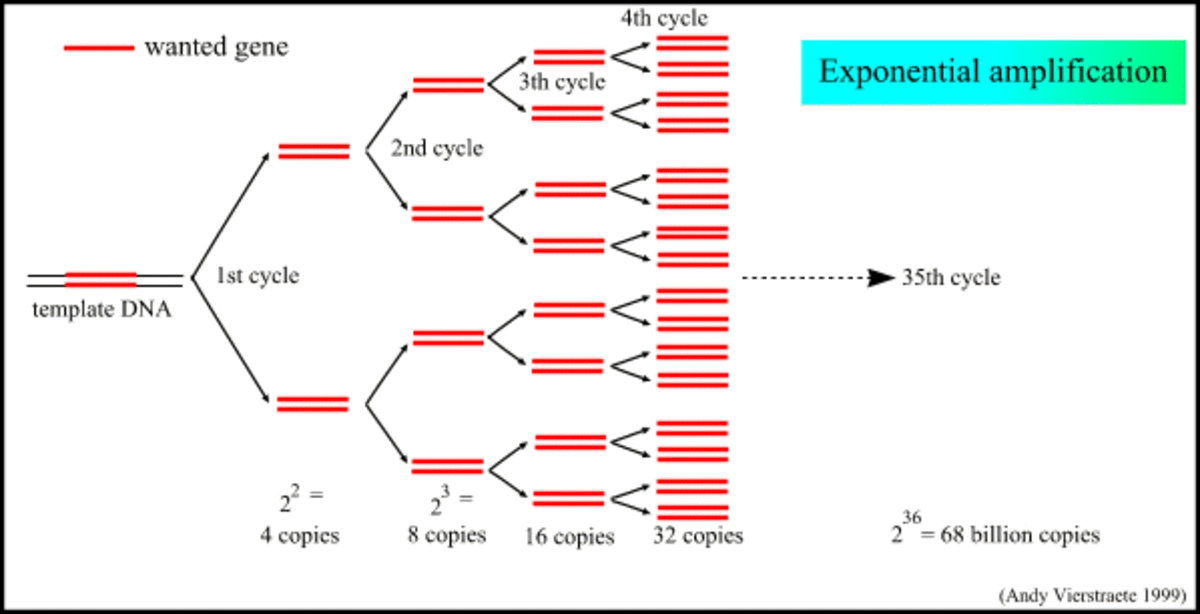Sexual Reproduction in Plants

Most of the plants reproduce asexually and vegetative. In this process there is no any combination of genetic material. This will lead to elimination of the plants when a pathogen or pest attacks that population. To maintain continuity of species there is another process of Reproduction called Sexual Reproduction.
The ability of an organism to produce a new generation of individuals of the same species is called reproduction and sexual reproduction occurs by fusion of gametes, where the genetic material from two parents recombines in producing the off spring. The chromosome number is reduced to half in the reproductive calls of two parents which form daughter cells with only one set of chromosomes. A diploid zygote is formed when these haploid cells fuse.
Structure of flower
Flower is the organ through which sexual reproduction takes place in higher plants.
A typical flower consists of mainly four parts which are arranged in four whorls.
1. Calyx - outer whorl of green sepals which protects the parts within.
2. Corolla- Second whorl has petals useful to attract insects.
3. Androecium- Third whorl consists of stamens which are male reproductive organs.
4. Gynoecium- The inner most fourth whorl consists of ovary, style and stigma. The ovules are attached to the placenta. The floral parts are arranged on the thalamus.
Formation of Male Gametes
Each stamen is made up of a filament and an anther. Each anther has two lobes. The anther bears granular pollen grains. The anther consists of spore forming tissue, which are called pollen mother cells (diploid) which under go meiosis to give rise to four daughter cells, which develop into pollen grains. The pollen grains are haploid and are also known as microspores. These microspores are male gametophytes.
Formation of Female Gametes
Ovules in the ovary are attached to the placenta with the help of a stalk called funicle. Nucellus is the tissue inside the ovule, which is covered with two integuments. Chalaza is the basal part of the ovule. A megaspore mother cell is formed from one of the cells of nucellus, which divides by meiosis to form four megaspores. One out of these four develops as embryosac. This is haploid and is called the female gametophyte.
The nucleus of megaspore under goes divisions and in the embryosac, the cells are arranged in three groups.
They are egg, two synergids, one central cell and three antipodals. The central cell is diploid due to the fusion of two nuclei and all the others are haploid. The upper egg apparatus consists of a central egg cell and two synergids.
Fertilization
Fertilization is the process of fusion of male and female gametes. For this process pollen grains have to reach the surface of the stigma.
pollen from one flower to other on same plant is called self-pollination.
Pollen from one flower to other of different plant is called cross-pollination.
After pollination, the pollen grain germinates to give rise to pollen tubes, of which only one tube finally reaches the embryosac. This pollen tube carries two male gametes on its tip. This tube enters the ovule through the micropyle and discharges both the male gametes into the embryosac. One male gamete fuses with the egg and forms a diploid zygote. The other male gamete reaches the secondary nucleus and fuses with it to form endospermic nucleus, which is triploid. So, in the embryosac, double fertilization occurs.
Embryo
The Zygote develops into embryo. The heart shaped structures formed due to the divisions of the nucleus, fit into the space within the Ovule. The stem apex gives rise to the stem, the Cotyledons to leaves and the radical to root system.
Dicotyledon plants have two cotyledons and mono Cotyledon plants have only a single Cotyledon.
Formation of fruit and Seed
Fertilization leads to a number of changes in the floral parts.
- Ovary is converted into a fruit.
- Ovule into seed.
- Two integuments into outer and inner seed coats.
- Zygote into embryo.
- Calyx, Corolla, Stamens, Style and Stigma are dry up and drop off.










